No matter where you live in the United States, everyone should have the freedom of choice when it comes to making clean and efficient energy decisions. Unfortunately, some states are eager to partner with you and incentivize you throughout this journey, while others make things a bit more difficult.
On October 16th, the American Council For An Energy Efficient Economy (ACEEE) released their annual State Energy Efficiency Scorecard, ranking the best and worst states for energy efficiency. Based on a 50-point scale, these scores rated government initiatives on 31 different metrics that hit on seven different policy divisions, including utilities, government-led initiatives, and efficiency building codes.
While no state scored a perfect 50, and even the lowest performer got a few points, legislation and state initiatives varied greatly across the board.
Check out the best of the best, and the worst of the worst, brought to you through our partnership with NRG.
As the role of the government should be to help us access clean energy, instead of keep us from it, now is the time to get involved and urge your state to do more for energy efficiency reform. Where does your home state fall on the clean energy spectrum? Click here to access the full list.
THE 10 BEST STATES FOR CLEAN ENERGY:

ACEEE Points: 42*
- Massachusetts offers free home energy assessments to residents
- Financing and tax incentive programs are available for both utility companies and residents looking to make energy efficient changes
- Weatherization programs are available for low income households
- The state delivers a significantly higher percentage of non-hydro renewables, hydro-renewables, and nuclear power compared to the national averages. They also have reduced rates of sulfur, nitrogen and carbon emissions compared to national averages.
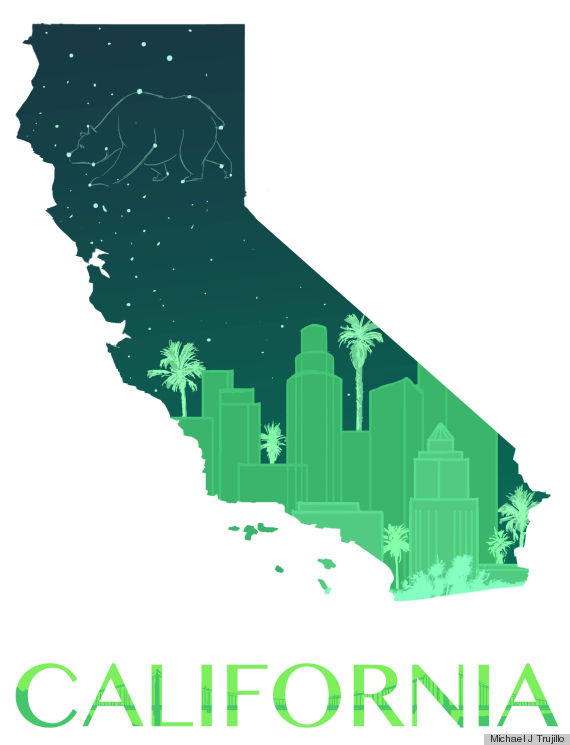
ACEEE Points: 40.5
- California’s energy mix delivers an extremely high level of renewable energy to consumers; on average, 22.7% of on-grid energy is renewable
- The state is also known as one of the world’s central locations for renewable energy research
- Not to mention, offers a rigorous home energy rating system
- An energy choice program called Community Choice Aggregation is offered for some areas through PG&E
- Exceptional incentives for both solar AND alternative renewables are offered through the government

ACEEE Points: 37.5
- Rhode Island offers free home energy audits
- Residents can participate in a Net-Metering Program, which gives compensation and/or electric bill credit for personal renewable energy technologies
- In addition, low-interest loans and tax exemptions are available for homeowners wishing to invest in personal renewable energy technologies
- There is a dedicated fund for renewable energy companies to conduct studies in the state

ACEEE Points: 37.5
- In 2013, more than 13 percent of Vermont’s energy needs were fulfilled through energy efficient means
- The state gives homeowners significant rebates on energy efficient appliances through Energy Star
- Both public and not-for-profit organizations offer tax credits and incentives for renewable and efficient energy systems
- Green Mountain Power offers customers the ability to opt into its Cow Power program, in which cow manure from local farms is fed into an anaerobic digester that helps power the grid
- Vermont is also home to the Clean Energy Collective, which is the leader developer of community-owned solar power in the nation.
ACEEE Points: 37.5
- Oregon has a number of public and not-for-profit agencies to help homeowners find the best energy mix, including Clean Energy Works and Energy Trust of Oregon
- Personal tax credits for energy conservation initiatives and property tax incentives for installing home renewable energy systems are both available
- They also offer local utilities significant tax incentives for renewable energy offerings
- In 2009, Oregon passed the Energy Efficiency and Sustainable Technology Act, offering economic benefits for residents to winterize their homes and businesses
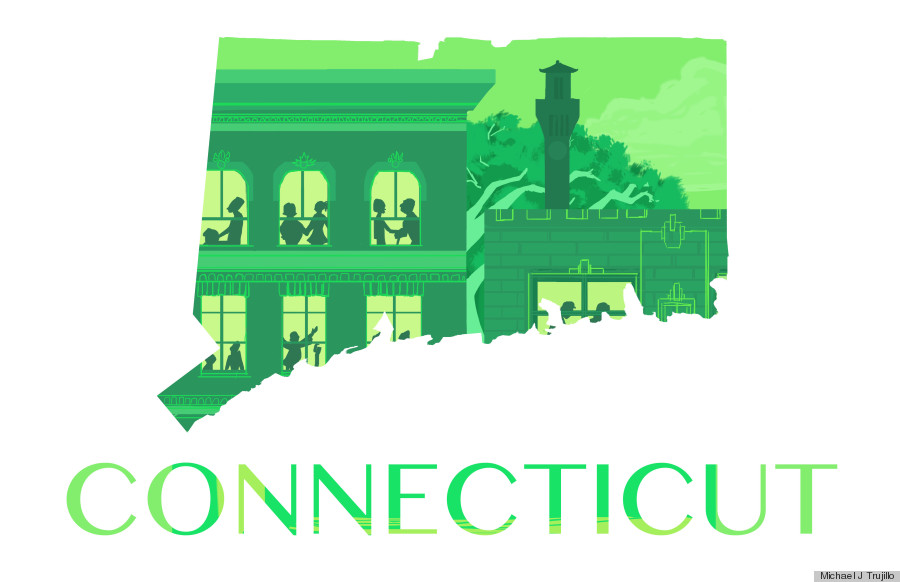
ACEEE Points: 35.5
- Connecticut passed legislation in 2013 that doubled their funding for efficiency programs
- The state is in the process of fully decoupling utility sales and revenues
- The Connecticut Energy Efficiency Fund provides a number of financial incentives to reduce energy use

- New York offers free energy efficiency services to low-income residents
- In 2013, 23 percent of the state’s net energy came from renewable resources
- Due in part to the Robert Moses Niagara hydroelectric power plant, New York produced more hydroelectric power than any other state east of the Rocky Mountains in 2013
- The state offers incentives for, and directions on how to install, solar hot water systems
- New York is investing heavily in their Smart Grid program, to protect the state from extreme weather and other climate-related events.
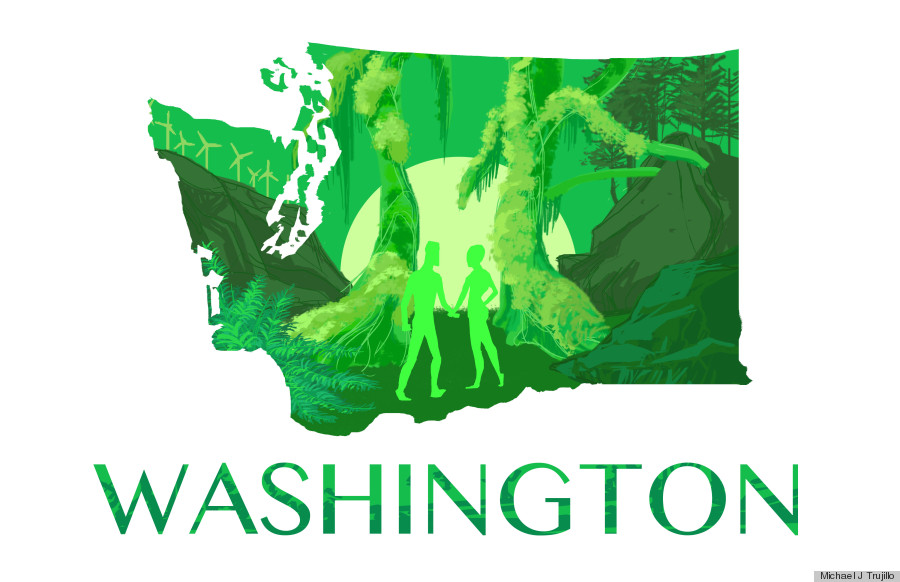
ACEEE Points: 33.5
- The Washington Department of Commerce has set aside more than2 million for solar energy grants
- They were recently awarded more than $450,000 in federal money to be used for energy efficiency projects
- Utilities in the state are required by state law to pursue all cost-effective and reliable energy conservation efforts possible
- In 2013, Washington ranked 10th in the nation for energy generated from wind power
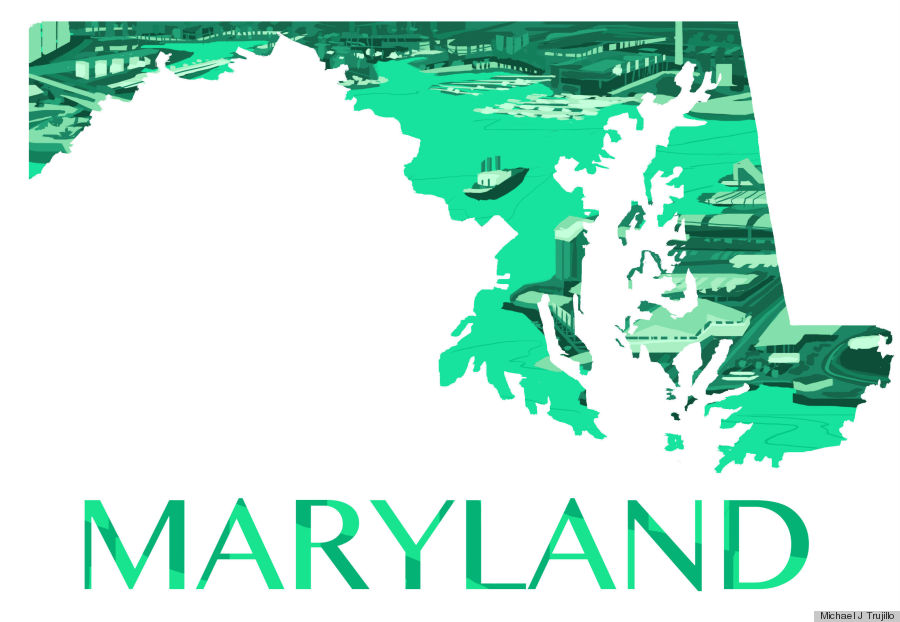
- Consumers in Maryland are able to choose the licensed gas and/or energy supplier that they prefer
- The state offers a number of grants for clean energy home installation projects
- Recently, Maryland decided to indefinitely extend their program offering grants for clean wood burning stoves
- Maryland residents can receive up to15,000 in state-backed loans for upgrading appliances to more energy-efficient models

- In 2013, Minnesota ranked 7th in the nation for wind energy generation
- The “Made In Minnesota Solar Incentive Program,” which began this year, will dedicated15 million annually towards incentives and rebates for solar thermal systems
- Despite the notoriously cold winters, Minnesota only ranked 29th in the nation for per capita energy use
THE 10 WORST STATES FOR CLEAN ENERGY:
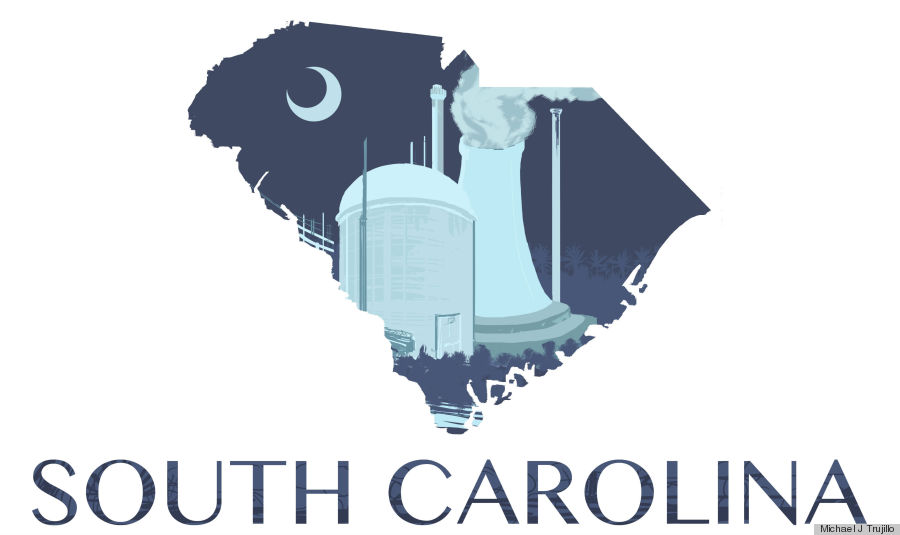
- South Carolina has no energy efficiency resource standard
- There are no major energy efficiency research studies commissioned for the state
- South Carolina ranks 26th in terms of highest carbon emissions per state, despite the population size
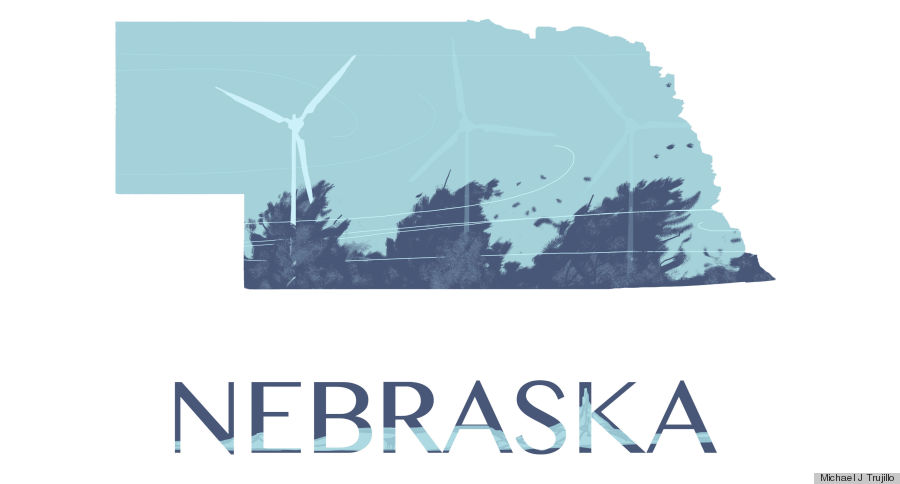
- No natural gas efficiency programs are available in Nebraska
- They also do not offer utilities any decoupling incentives
- Despite the fact that 92 percent of the state was deemed suitable for wind power generation, only 1.1 percent of Nebraska’s energy consumption in 2011 was from wind power.
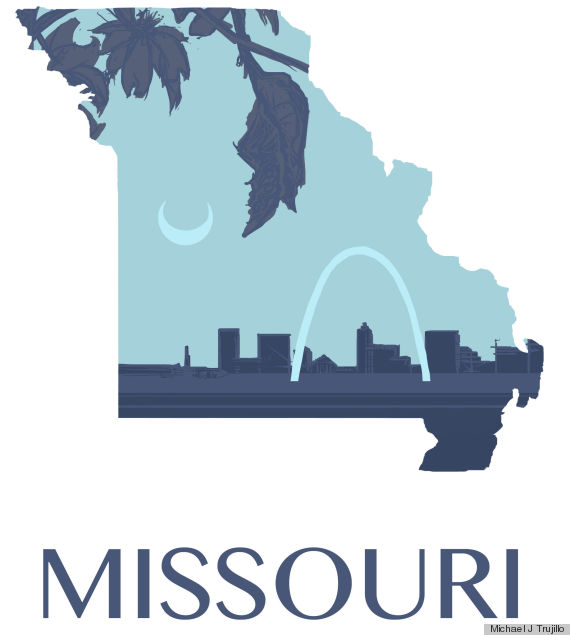
- Missouri allows large customers to opt out of efficiency programs
- The state has yet to set any efficiency standards for appliances
- There are also no research or development programs focused on energy efficiency in Missouri
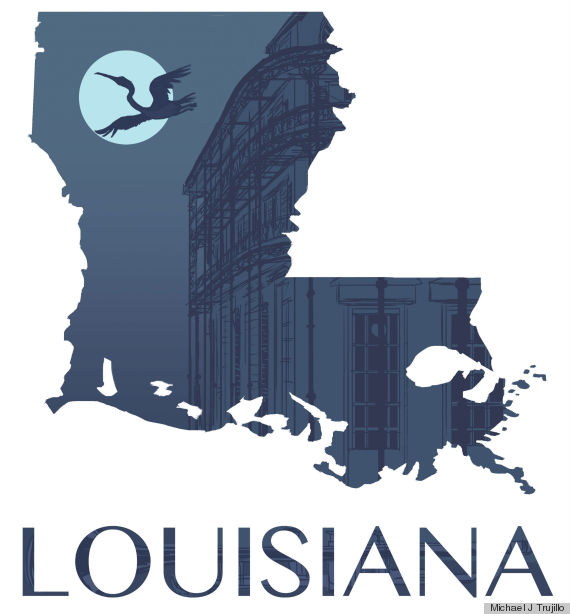
- The Louisiana government has allowed a number of energy efficiency incentive programs to lapse
- They are second only to Texas in terms of state oil refinery capacity
- In 2013, Louisiana ranked second in total energy consumption per capita

ACEEE Points: 8.5
- Large customers can opt out of energy efficiency programs
- There are no state-backed financial incentives for energy efficiency
- As the second largest coal producer in the U.S., West Virginia generates more energy than it consumes
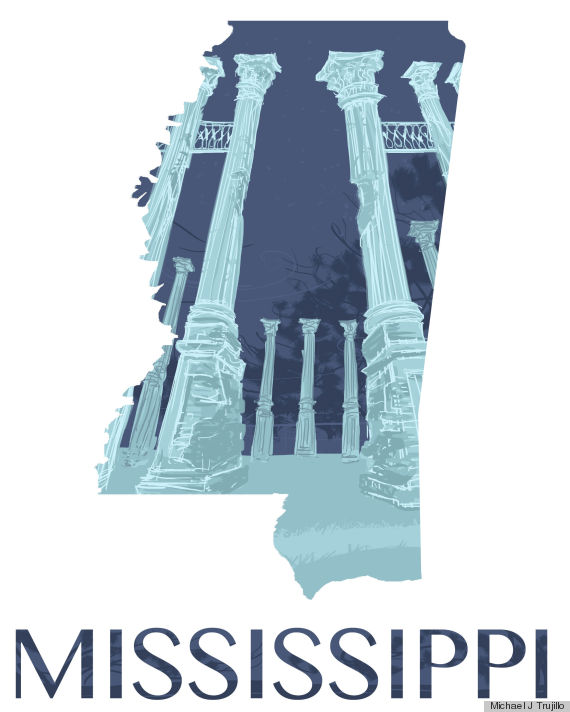
- Mississippi has dedicated a meager budget towards utility energy efficiency programs
- Residential building codes in the state are significantly out of date
- In 2013, almost none of the state’s energy consumption came from solar, wind, or hydro power
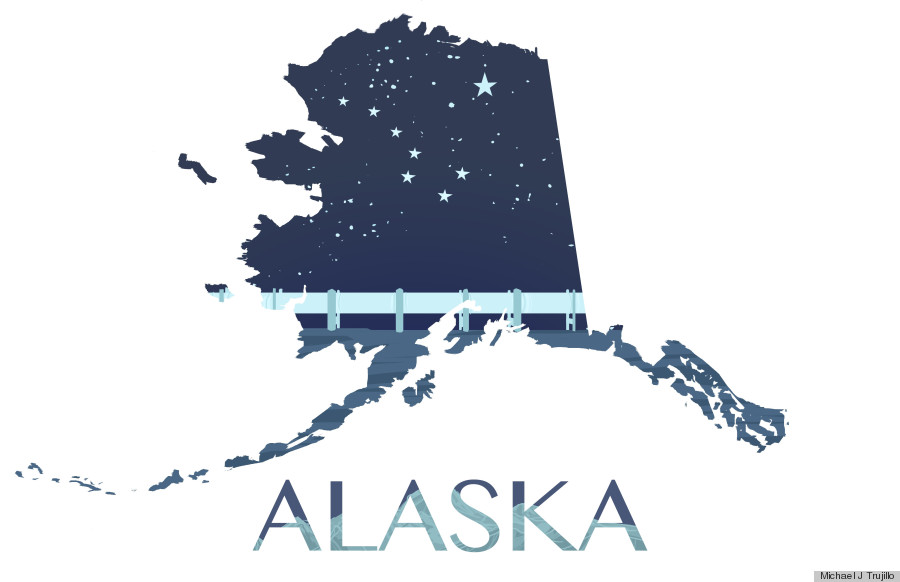
- Alaska offers no financial incentives to utility companies for energy efficiency programs
- They also have the second highest electricity costs in the nation
- In addition, Alaska is one of the few states that still generates geothermal energy
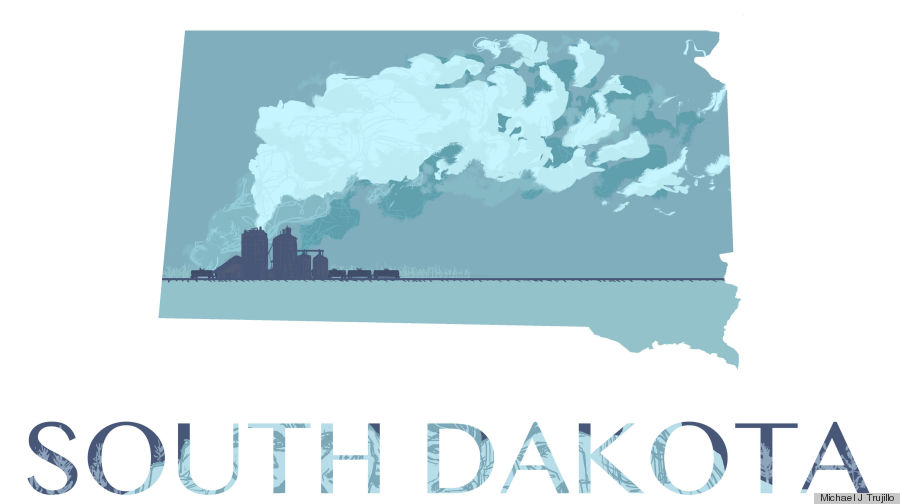
- There are very few state-led energy efficiency initiative programs offered in South Dakota
- Savings and incentives for utilities to implement energy efficiencies are significantly below the national average
- South Dakota produces higher rates of nitrogen oxide, sulphur dioxide and carbon dioxide emissions than the national averages, despite having one of the smaller populations
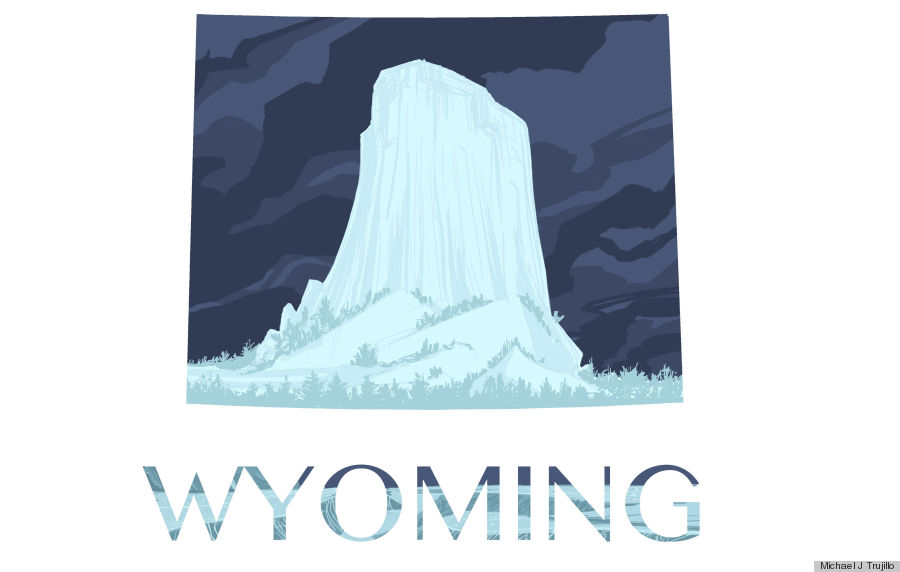
ACEEE Points: 6.5
- Wyoming offers no performance incentives for utilities to implement energy efficiencies
- There are no major research projects conducted in the state for energy efficiency
- Wyoming has the highest energy consumption per capita in the U.S.

ACEEE Points: 4**
- Utilities in North Dakota rely on a system that discourages energy efficiency
- Policymakers have not indicated that they want to pursue any energy efficient legislation
- Crude oil production in the state increased by 177 percent between 2010-2013
*Highest-ranked state for clean energy
**Lowest ranked lowest for energy efficiency
Clarification: While available in Rhode Island, federal tax credits are available for all homeowners wishing to invest in personal renewable energy technologies.
NRG Energy is committed to finding the most economically and ethically responsible options for sustainable energy. To learn more, visit Generation Change.